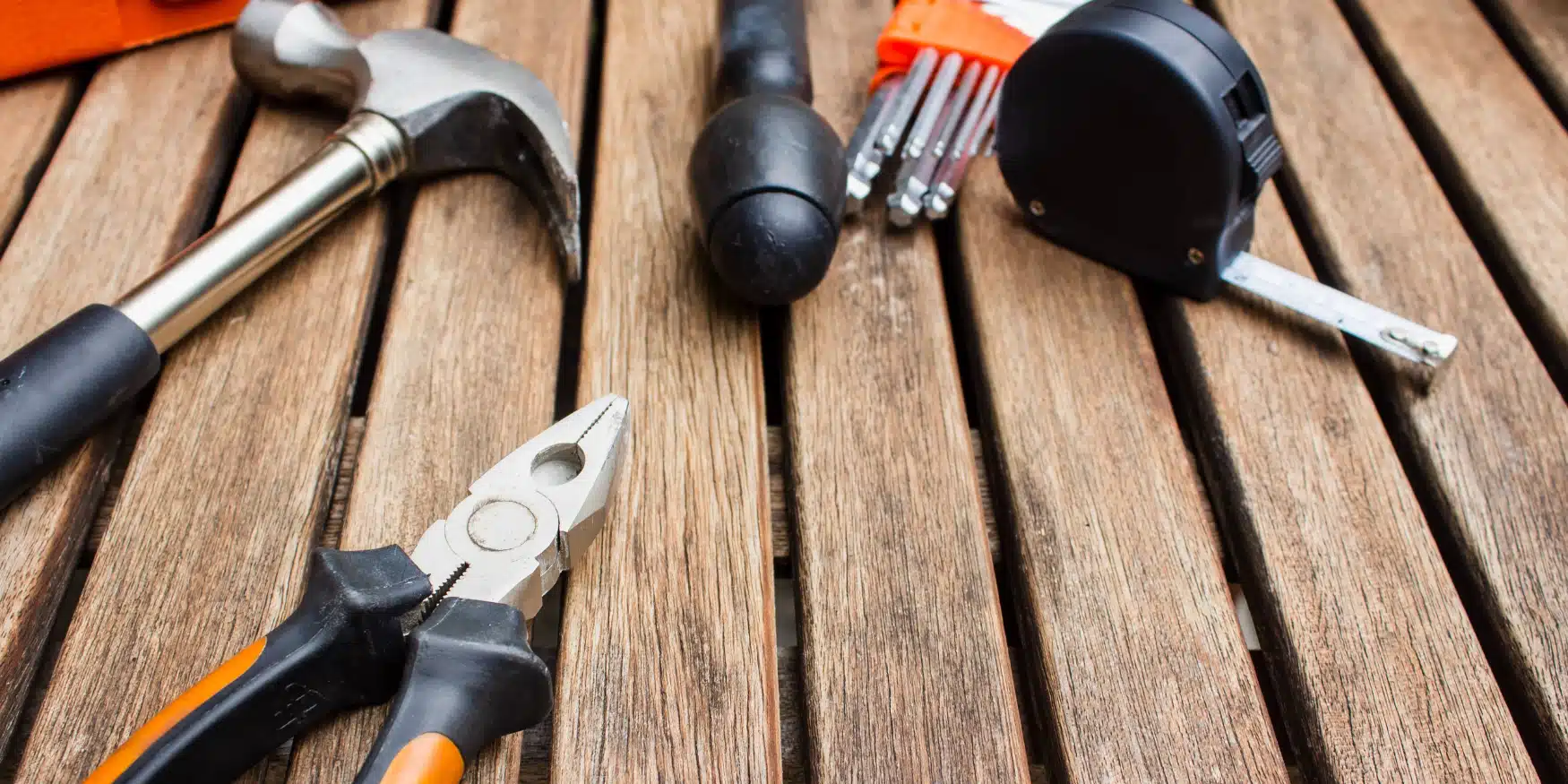
Operating cash flow, gross margin, debt-to-equity, sales close ratio… it’s easy to get bogged down by the number of different ways you can measure the financial health of your trades or service business.
There’s so many accounting numbers to cut through, it can be difficult to see the wood from the trees when it comes time to making important financial decisions like leasing a bigger workshop or bringing on a full-time employee.
To help, we’ve put together the six numbers every Tradie needs to know. You’re going to want to track some of these numbers, such as cash flow and net profit, on an almost daily basis to make sure your finances are doing well.
Other numbers are only relevant at certain stages in your business’ growth, such as the quick ratio if you’re on the lookout for someone to invest in your business.
I’m sure you’ve heard it 1,000 times, but it doesn’t mean it’s not true – cash is king. In a nutshell, you can figure out your operating cash flow by calculating your total revenue (all the money you’re bringing in) and subtracting all your outgoings or operating expenses. Outgoings mean everything from employee salaries to the electricity bill for your workshop.
You want to make sure your cash flow is always greater than zero. That lets you know you have more money on hand than what is going out the door. Cash flow is a moving feast so it pays to keep a regular eye on it.
Sounds so simple right? Yet, we know so many business owners struggle to keep a firm grip on their cash flow. And if it runs away on you, it can spell the quick death of any trades or service business.
You can find out more on how to nail your cash flow or check out some of our top tips on how to get paid faster through better invoicing.
This is your next most important number. It’s the amount left over after taking into account the direct costs of getting the job done. Direct costs include labour hours and materials, not general costs to the business, such as rent or the office manager’s salary.
Gross profit: sales – direct costs
For example, say you billed the customer $1,000 for the job, paid your Tradie $350 in labour and you bought materials for $350. Your cost for the job is $700. Gross profit is $300.
If you can increase your gross profit, then the money you’re going to make from the business after you take away your overheads is also going to increase. But this is easier said than done.
You can try increasing your charge-out rate but this might not be an option depending on what your competitors are charging. Instead, try finding new ways of increasing the efficiency of your Tradies on-site.
Here is the detailed guide on how to increase your gross profit margin in 90 days
Think of net profit as the actual profit your business generates. It’s calculated by taking away your fixed costs or overheads, such as rent, insurance, and advertising, from your gross profit.
Net profit = gross profit – overheads
Before dreaming of spending your net profit on a new boat, keep in mind that net profit before tax can be used to reduce debt or invest in assets such as a new work van.
The quick ratio or acid test lets you know if you can pay what you owe right now, such as taxes and total debt, using cash on hand and cash equivalent assets. Cash equivalent assets are anything you can turn into straight cash within 90 days, such as cheques received but not yet deposited.
To work it out, take all your current assets (cash, cash equivalents, and the amount you’re owed by your customers) and divide them by your liabilities (such as what you owe your suppliers, taxes, and any long-term debt).
Quick ratio = current assets / liabilities
Basically, you want this number to be greater than 1 which shows that you have more cash on hand than what you owe.
For example, if you get a quick ratio of 1.5 then your business has $1.50 to cover each $1 of liabilities.
The quick ratio is one to monitor if you’re hoping to get someone to invest in your business. Potential investors will look at your quick ratio to figure out if your business is a good bet or if you’re at risk of being ruined by debt.
A profit and loss statement lists all your income and expenses for a specific period of time – the difference between the two is either your profit or loss. It will give you a snapshot of the financial health of your business and is a great way to measure performance over time.
If you use accounting software such as Xero, MYOB or QuickBooks, you can easily generate profit and loss statements or there are plenty of templates available online.
If you’re struggling with cash flow, take a look at your Days Sales Outstanding (DSO) or, in layman’s terms, the average number of days it takes your customers to pay their invoices. This number will tell you how well the business is performing in collecting payment which has a massive effect on your overall cash flow.
To calculate your DSO, take your accounts receivable (what’s owed to you by your customers) and divide by annual revenue. Then multiply that number by 365 (the number of days in the year).
DSO = (accounts receivable / annual revenue) x 365
Here’s an example:
If XYZ Electrical has an average accounts receivable balance of $200,000 and annual sales of $1,300,000 then its DSO is:
(300,000 ÷ 1,300,000) × 365 Days
= 84.2
So, it takes XYZ Electrical an average of 84 days to get paid.
Say, the business has payment terms of 30 days then their DSO is way too high.
They need to think fast about ways of getting this number as close to 30 as possible.
If your trade business has a high DSO, why not try reducing your payment terms. Or, make invoicing a daily priority and offer your customers the option of paying by credit card to see your invoices getting paid faster than ever before.
Stop drowning in admin & paperwork. Start focusing on the jobs that make you money.



Our 20,000+ trades businesses have slashed their admin, are getting paid faster, and are finally enjoying their weekends again.



